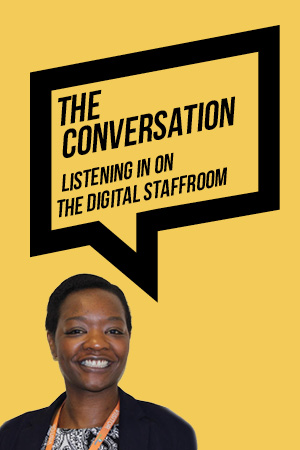Publisher
Corwin UK
ISBN 10
152961905X
Published
31 May 2023
Pride and Progress is an essential read for all educators, and particularly for those in leadership roles. Creating change to ensure your school is more inclusive and equitable for those in the LGBTQ+ community may seem daunting, but this book is the perfect companion to start you on that journey.
After years of progress on LGBTQ+ rights, members of this community are suddenly increasingly vulnerable again (not least those who are transgender). That’s why it is even more vital for us to create safe spaces for all of our pupils and to educate them to be accepting and understanding people. If you feel ill-equipped for the task, Pride and Progress is just the thing to arm you with the knowledge and understanding you need for everything from making small practical changes to creating an inclusive school culture.
Informed throughout by discussions with the guests on the authors’ Pride and Progress podcast, the book provides plenty of new knowledge alongside fascinating and informative anecdotes. It also encourages readers to reflect on their own experiences and practice.
Some of those discussions and reflections may make you uncomfortable, but Brett and Brassington provide reassurance throughout; discomfort, they rightly argue, is a necessary and normal part of the process. We may feel like our schools are inclusive, but the reality is that we may still have a long way to go.
Each chapter is split into three sections: ‘in theory’, ‘in practice’ and ‘in action’. I particularly liked the ‘in action’ sections, which provide regular and challenging questions. These kept me thinking about how I could use what I was learning in my school. More than that, it had me reflecting on my own experiences, not only as an educator but as a member of the LGBTQ+ community.
I found the chapter titled Curriculum, representation and visibility particularly helpful. Its discussion around the books we read in our classrooms and the role models and representation we create space for in our curriculum are deeply thought-provoking. Many of the suggestions in this chapter are easy for educators to implement and to share with colleagues.
It’s the sensitivity of the authors’ writing that really struck a chord with me
The chapter on Community and connection was also particularly insightful. In education, we need to work alongside our families and communities to ensure that everyone is seen and heard. This chapter provides research and suggestions to do just that. Crucially, it also touches on the potential backlash that schools can face when doing LGBTQ+ inclusive work. It explains the importance of communication and addressing concerns head on.
At times, there are elements of Pride and Progress that are more geared towards secondary schools and colleges. However, even this helped me to see the greater picture of where this inclusive work can take us.
But it’s the sensitivity of the authors’ writing that really struck a chord with me. Not once do they assume what the reader does or does not know, and nor do they patronise or make you feel like you aren’t doing enough. Instead, they provide hope for what we can do next, advice on how we can improve and continue to learn, and motivation to better understand the LGBTQ+ community and what our pupils might need to feel safe, seen and included.
From a glossary of basic terminology to suggestions for small but hugely impactful changes, Brassington and Brett will leave you with workable solutions and a feeling of excitement for what you can achieve. With this book, they have created something that will help many to begin important discussions about how to move forward in supporting the LGBTQ+ community in and around your school, and the tools to take action – wherever you are on your inclusive journey.
I look forward to sharing Pride and Progress with my colleagues and to listening to the back catalogue of their podcast episodes (while making more notes!). But most of all, I’m excited to continue to take action to ensure the children in our care are “free to be themselves […] and feel like they belong”.













Your thoughts